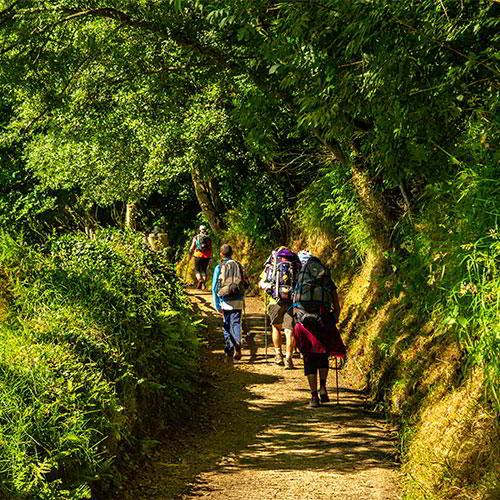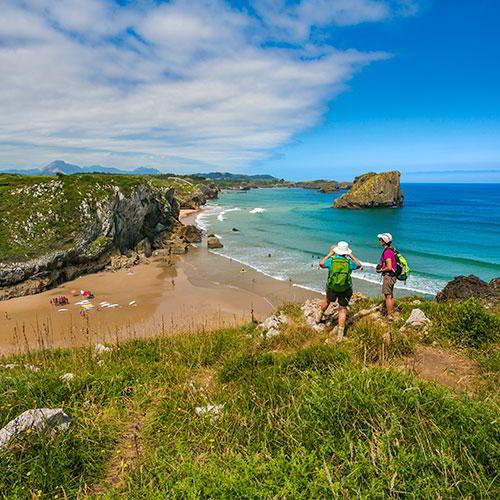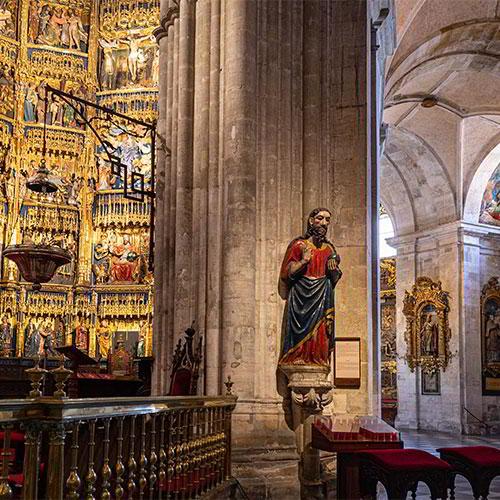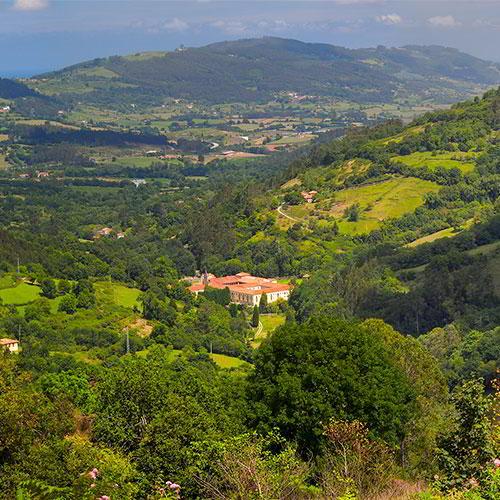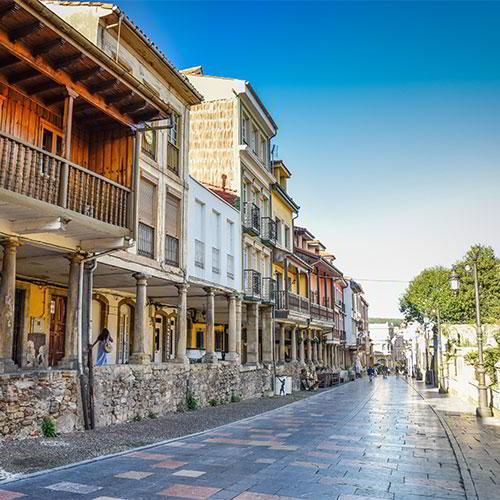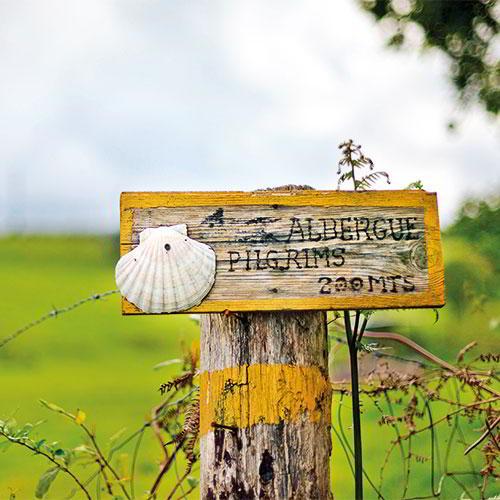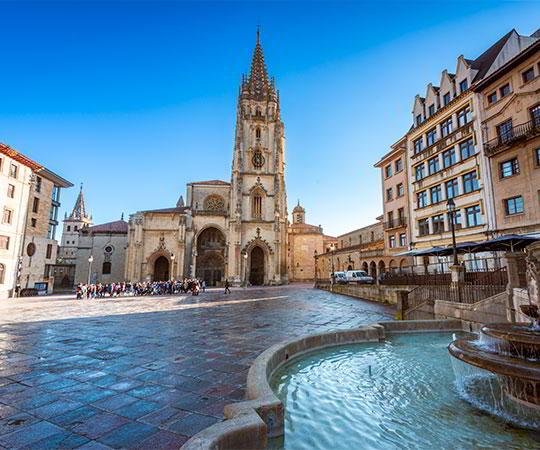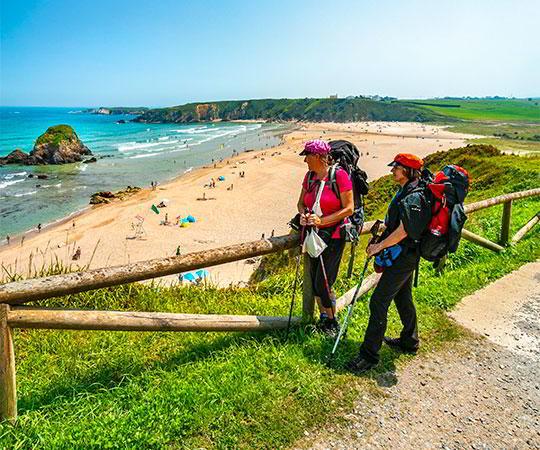The most notable Jacobean routes that pass through Asturias are, on the one hand, the Primitive Way, which according to the story-legend is the one that King Alfonso II of Asturias made on his journey to Campus Stellae from Oviedo/Uviéu, and which over time would turn the monarch into the first pilgrim and the route he followed into the Primitive Way. On the other hand, there is the Northern or Coastal Way, which runs from Irún (Euskadi) parallel to the Cantabrian Sea.
The Primitive Way divides the 145.6 kilometres of rural and mountainous landscape it covers into seven stages. Starting in Oviedo/Uviéu, it passes through the councils of Grado, Salas, Tineo, Pola de Allande and Grandas de Salime, and throughout this historic route you will find natural landmarks, such as mountains, sierras, caves, rivers, waterfalls, forests, etc., and also cultural ones such as museums, churches, hermitages, ancient monasteries, etc.
You can follow variants, or opt for the original Hospitales route, between Borres and Puerto del Palo, which, as its name suggests, has five former pilgrims' hospitals and is considered the original route.

